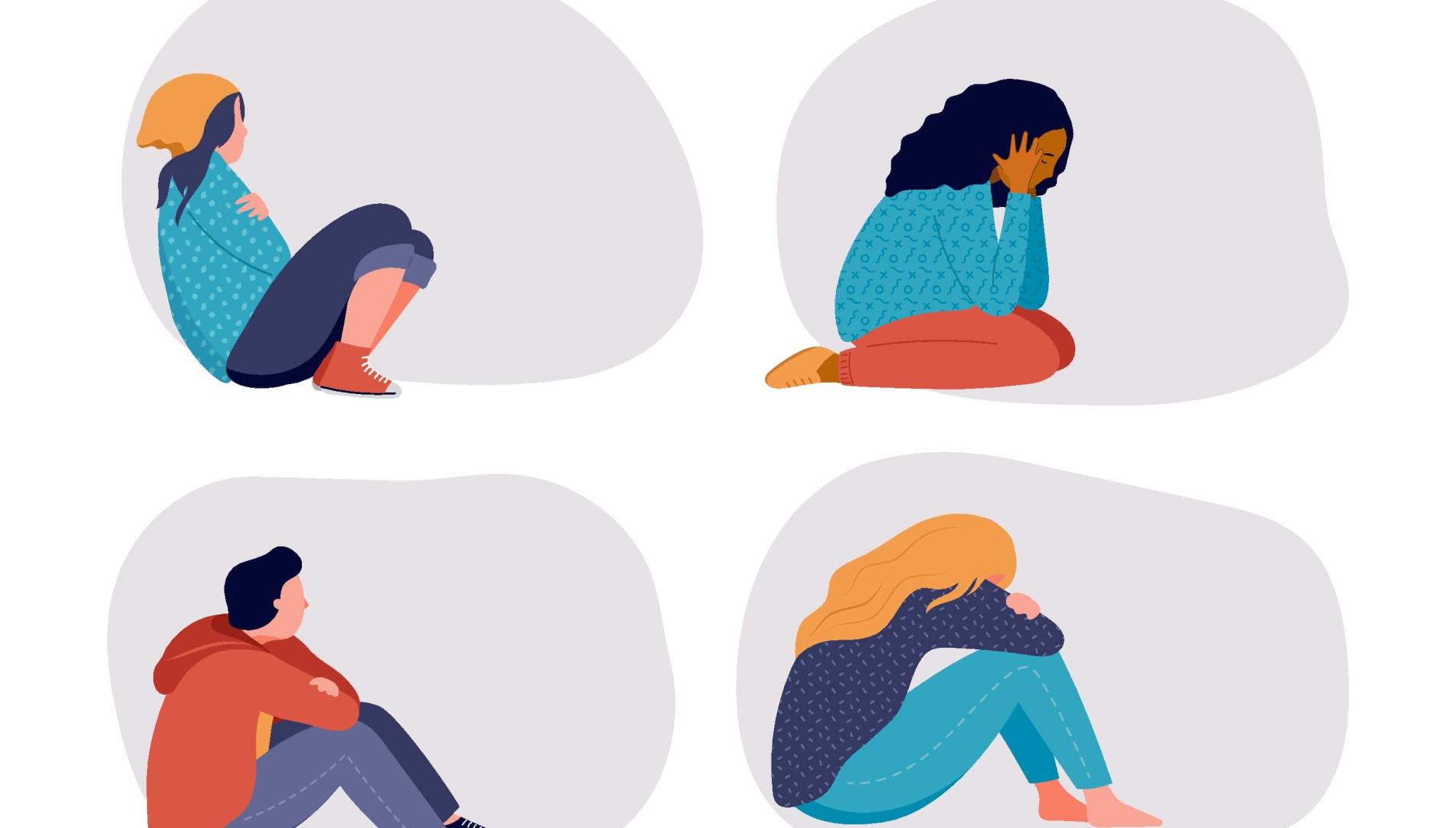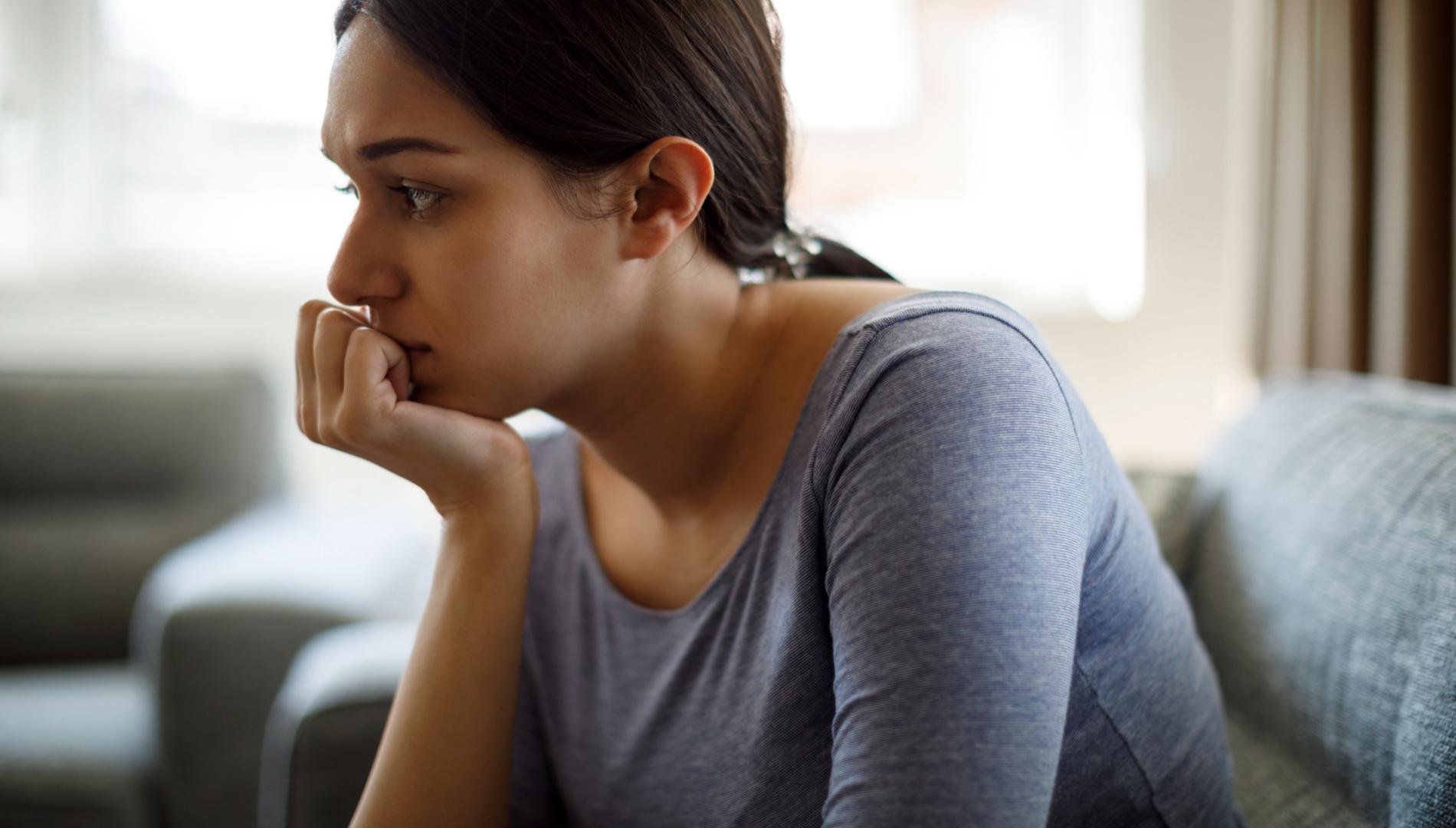Suicidal behaviours spike: Female adolescents hit hard during pandemic lockdowns
Researchers have uncovered a spike in ambulance call-outs as a result of suicidal behaviours among adolescent females during COVID-19 lockdowns.
By analysing ambulance attendances during the 19 months of COVID-19 restrictions in Victoria across 2020 and 2021, the researchers, from Turning Point and Monash University, found incidents of self-harm among adolescent females were notably higher than expected.
While suicide and self-harm were already increasing among adolescents overall before COVID-19, the researchers identified stark differences between adolescent males and females during the height of the pandemic restrictions, with the rate of ambulance attendances falling among males and sharply rising among females.
“These findings highlight the need to develop targeted mental health support for adolescents, particularly adolescent females, to address the surging rates of self-harm,” said Turning Point’s Dr Rowan Ogeil, strategic lead of the National Addiction and Mental Health Surveillance Unit.
Unique insights from ambulance data
The peer-reviewed research, published in the latest edition of the Journal of Adolescent Health, is the first to investigate population-level changes in suicide ideation, suicide attempts, and non-suicidal self-harm among adolescent Victorians during the COVID-19 pandemic.
The researchers examined paramedic records of 20,125 non-fatal Victorian ambulance attendances involving adolescents over 19 months from 2020 to 2021, and compared them to monthly callouts in the three years before the pandemic.
“A strength of utilising ambulance data is that these health professionals are often the first on the scene in acute crisis events, so utilising this data provides a powerful tool for service planning and provision,” says Dr Ogeil.
Different responses between females and males
While incidents of suicide and self-harm were already increasing among this vulnerable group before COVID-19, the researchers found noteworthy differences between the rates of call-outs for females compared to males.
Compared to projections based on pre-pandemic trends, paramedics were called to attend to adolescent females an additional 426 times during the period than projected, which was an 8.8% increase.
In contrast, there were 520 fewer ambulance attendances for adolescent males during the same period, a 20.7% decrease on projections.
“These differences in responses by gender might reflect different experiences of pandemic-related stressors, or that adolescent males experienced other outcomes not measured in our research,” says Dr Ogeil.
“It’s also important to acknowledge the impact of pre-existing mental health conditions or other complex health conditions, in the contexts of the events of the pandemic.”
Gender-specific mental health interventions are needed
The findings are consistent with previous research that demonstrated gender differences in temperaments from childhood to adolescence.
For example, adolescent females were found to demonstrate greater levels of internalising behaviours, such as withdrawing or self-blame, while adolescent males were more likely to externalise behaviours such as being verbally or physically violent or aggressive.
Even within the unique situations presented by the pandemic, differences in behaviour between genders have been identified in other research.
An Australian study that analysed a telephone counselling service for children and adolescents found a pandemic-related increase in adolescent females using the web chat function, and suggested that gender differences may influence how adolescents seek help for mental health issues.
Read more: The urgent need to secure the future of the ‘post-pandemic child’
“Gender differences in mental health diagnoses and suicidal behaviour are likely to occur as a result of many different factors,” Dr Ogeil explains. “ Biological, social, and cultural factors are likely to be relevant when understanding how mental health issues and incidents of self-harm occur in adolescents.
“Our findings suggest that both males and females responded differently to the lockdowns, and highlight the need to tailor mental health and suicide prevention approaches appropriately for all genders.”
The researchers recommend that targeted mental health supports and interventions be available for all adolescents as soon as they need help.
“It’s also critical we plan for future pandemics and other emergency events to ensure young people are supported both during the event and during the recovery,” says Dr Ogeil.
You can read the research paper here. If this story has raised issues for you, please contact Beyond Blue on 1300 22 46 36; LifeLine on 13 11 14; 13YARN on 13 92 76; or Kids Helpline on 1800 55 1800.







